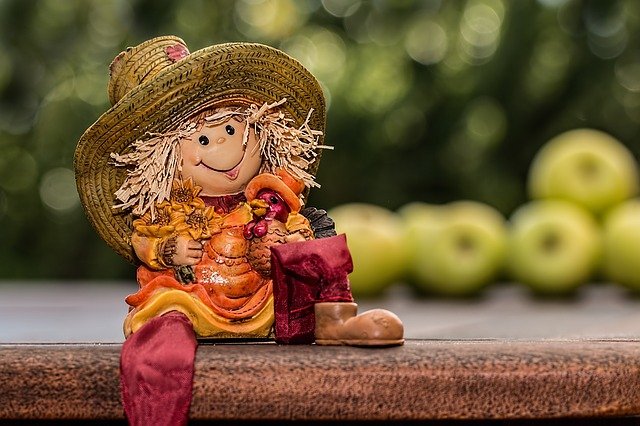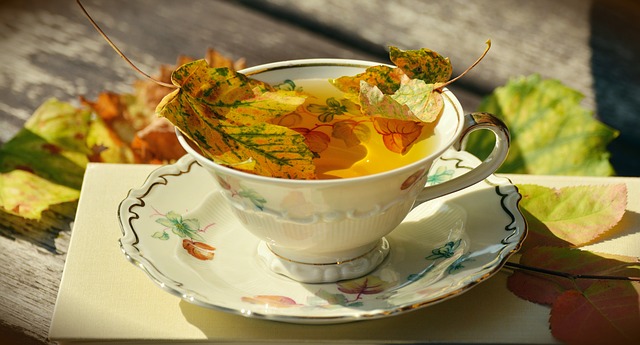Herbs
You still have the last chance to pick up a bunch of herbs. It is enough to transplant them into flowerpots or boxes and leave them in the cold. When you want to use it, transfer it to a warm place, place it in the light if possible and water it a lot.
Vitamins
Now is the time to plant vegetables full of vitamins that you can enjoy even in winter. It is, for example, polnik, which contains a lot of vitamin C and iron, so it is a great source for strengthening your immunity, which will certainly come in handy in the winter. It is hardy, so it can cope with even lower autumn temperatures, sow to a depth of about 1 cm and leave the rows about 15-20 cm apart.
Another 1 of our tips is spinach, which can be sown several times a year, for example, in 10 months. We can eat it fresh or use it in the kitchen in almost any way. Spinach soup can be thought of in several ways as you like the most. When you eat spinach, it is supplemented with vitamins A, B, C, E and iron. Again sow to a depth of about 1 cm and leave the rows about 30 cm apart.
The last tip is cress, which grows very fast. Observing the principle of growth, you can expect the first harvest in 14 days. It can be sown in a flower bed, densely, or start growing at home, for example, on wet cotton wool. Most of all, it is important to make sure that you have enough moisture. It is best to eat fresh, for example, on bread with butter.
Fruit trees and ornamental plants
Plant fruit trees and shrubs from 10 mid-may. You can bet on classics, or try less common ones like hawthorn and sea buckthorn, which have enjoyed great popularity recently, especially for its proven positive effects on our health. Even if it is warm, you can plant tulips, hyacinths, irises, or ornamental garlic.